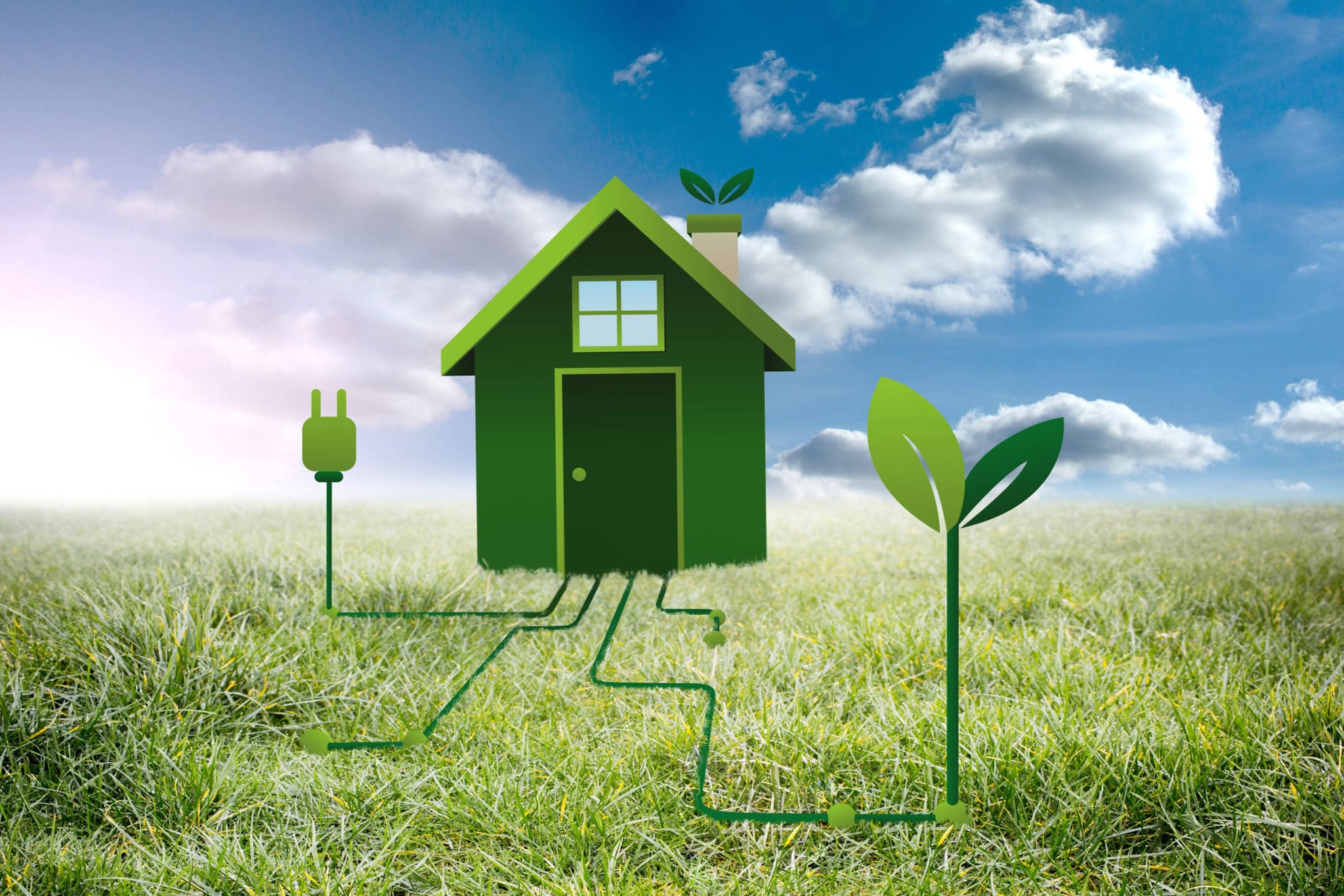Have you ever found yourself thinking: “how can I become more environmentally conscious?” Before taking a giant set of steps that may make that lifestyle seem unsustainable, start at home.
Increasing the energy efficiency of your home can contribute massively to achieving this goal, here are some ideas:
Low-cost Energy Efficient Heating and Cooling Methods
As the seasons change, so do your heating and cooling needs which require a lot of energy and cost a lot of money. Appliances like ACs which are older than 10 years are inefficient when factoring in the new standard for manufacturing, and are due for a change.
It is worth evaluating the energy efficiency of other household appliances as well, such as refrigerators, stoves, and washing machines. Even changing something as simple as your light bulbs, adding effective window coverings, and re-sealing windows and doors can significantly increase the energy efficiency of your home. Don’t forget to check with your utility provider for rebates they may offer to help with household upgrades.
Heating and cooling your home consumes the most energy of all so be sure to focus your attention on these systems specifically. Consider installing a programmable thermostat to effectively regulate temperature. Set weekend and weekday programs to lower energy use while you are away from your home.
Extra degrees for cooling or heating increase energy use by 6% to 8%. With the ability to set climate controls, you can optimize thermal comfort without breaking the bank. Make sure when installing the thermostat, that it is not placed near heating or cooling devices to avoid inaccurate readings.
During all seasons, proper window coverings will reduce heating and cooling energy demand the most no matter the climate. The greatest heat gain and losses occur through windows so this is an area of huge importance.
Closing window coverings in summer will minimize heat gains and closing them in winter will reduce heat loss. Studies have shown that exterior mounted window coverings are most effective. This is because they block the sun’s heat at the window, whereas interior mounted treatments allow the heat to pass through the window and into the environment.
In winter, closed window coverings provide a layer of insulation to the window opening. They also create another layer of insulation by trapping air between the window and the covering. Exterior window coverings again are most effective, such as exterior-mounted rollshutters, which are usually constructed with insulated profiles.
Why choose an exterior mounted window covering?
Inefficient windows transfer heat and cold air more easily which increases the load on your AC and heat source. Replacing them with more efficient windows can be costly, whereas simply adding exterior mounted window coverings, like Rollshutters or Habitat Screens improves the existing windows’ efficiency.
Rollshutters and Habitat screens are not only good for reducing energy demand, but they provide excellent protection against insects and inclement weather too. Rollshutters also provide security and storm protection so you get a lot of benefits rolled into one.
When purchasing, be aware that not all rollshutters are designed equally. If you are wanting a security rollshutter that offers all the above benefits, take a look at Talius Rollshutters.
Talius manufactures rollshutters for security, sun and storm protection as well as Habitat Screens. Both products offer the energy-efficient benefits you are seeking. They also:
- Enhance the quality of your indoor environment
- Minimize your environmental carbon footprint
- Reduce the risk of moisture condensation on your windows
- Save you money on energy costs
Small measures can also make a difference to save energy.
Kitchen appliances use a lot of energy and refrigerators and freezers operate at their optimum when full (not overfilled) but full enough to use energy smarter because there is less airflow. They come with a manufacturer’s recommendation for temperature which should be used to avoid energy wastage. Defrost the freezer before ice builds up to ¼-inch thick so that it runs efficiently.
When baking, you may love to peek at your dish to make sure it is cooking nicely. However, with every peek, the temperature can drop 25F and the oven has to use more energy to bring the temperature back up. Rather than opening in the oven, use the light to inspect the dish. Turning off the oven a few minutes before the timer stops allows the food to continue to cook without the extra energy can certainly add to the energy efficiency of your home.
Lastly, dress for the weather inside your home. Don’t turn up the thermostat while you walk around in a T-shirt. Instead, put on another layer of clothing and lower the temperature. The same applies to cooling your home. If you need to put on a sweater, raise the temperature instead and take the load off your AC.












